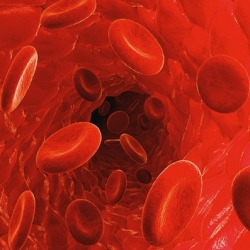
Stem cells can become any type of tissue in the body and hold huge promise in medicine. The treatment – Holoclar – is used to treat a rare eye condition that can lead to blindness. It works in around 80% of cases. The European Medicines Agency (EMA) said the move represented a "major step forward" for the field.
The act of blinking strips cells off the surface of the eye. These are normally replaced by limbal stem cells in order to keep the eye healthy. Some people, after burns or acid attacks, do not have enough limbal stem cells and the surface of the eye begins to scar.
Research clinics and specialised centres have been testing a technique to replace the lost stem cells. A small sample of remaining stem cells are taken, grown into larger numbers in the laboratory and placed back on to the surface of the eye. The decision by the EMA means the therapy can move beyond a limited research or case-by-case setting and be offered far more widely.
